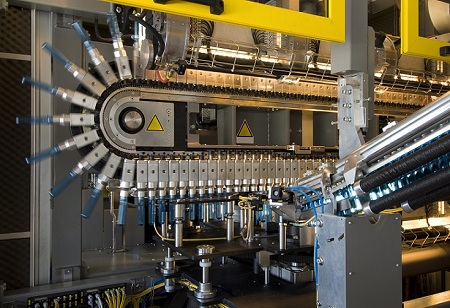Packaging industry in India has undergone a systemic change since the advent of Covid-19 pandemic and the resulting lockdown in March last year. A look back at its state one year ago and how it has evolved over this period is worth discussing. The industry has witnessed many fundamentals being redefined. Be it the move towards sustainable packaging or expanding the scope of packaging to newer materials, the industry has transformed in an irreversible way and it is only going to move forward in the direction. It can be attributed primarily to the change in usage pattern of products.
Conforming to the changing customer expectation, the industry is striving to meet the rising demand by using new packaging materials. As a result, the packaging market in India is likely to become worth more than $204 billion by 2025, growing at a CAGR of over 26 per cent. The new materials are being used to fulfill the emerging needs for transit packaging and omni-channel packaging. In terms of use, the fastest growing segment is of packaged food which is fuelling the demand for plastic packaging owing to its capability of ensuring food quality and long shelf life. It is mainly because plastic packaging is considered to be good at ensuring food quality, safety, and long shelf life.
With the changing lifestyle, the demand for packaged foods is going to swell even further in the times to come. As per the Federation of Indian Chambers of Commerce & Industry (FICCI), the major factors contributing to the increase in customer expenditure on packaged goods are the rising disposable income, urbanization, and the increase in the number of working women. As the demand increases, the packaging industry is resorting to different methods to ensure freshness of the product, printability of the packaging as well as barrier protection of packed products.
